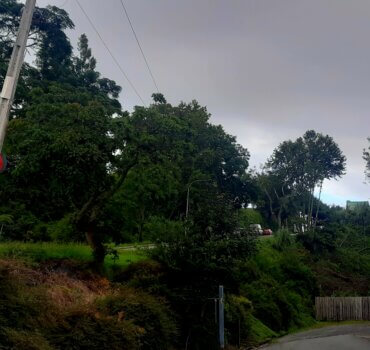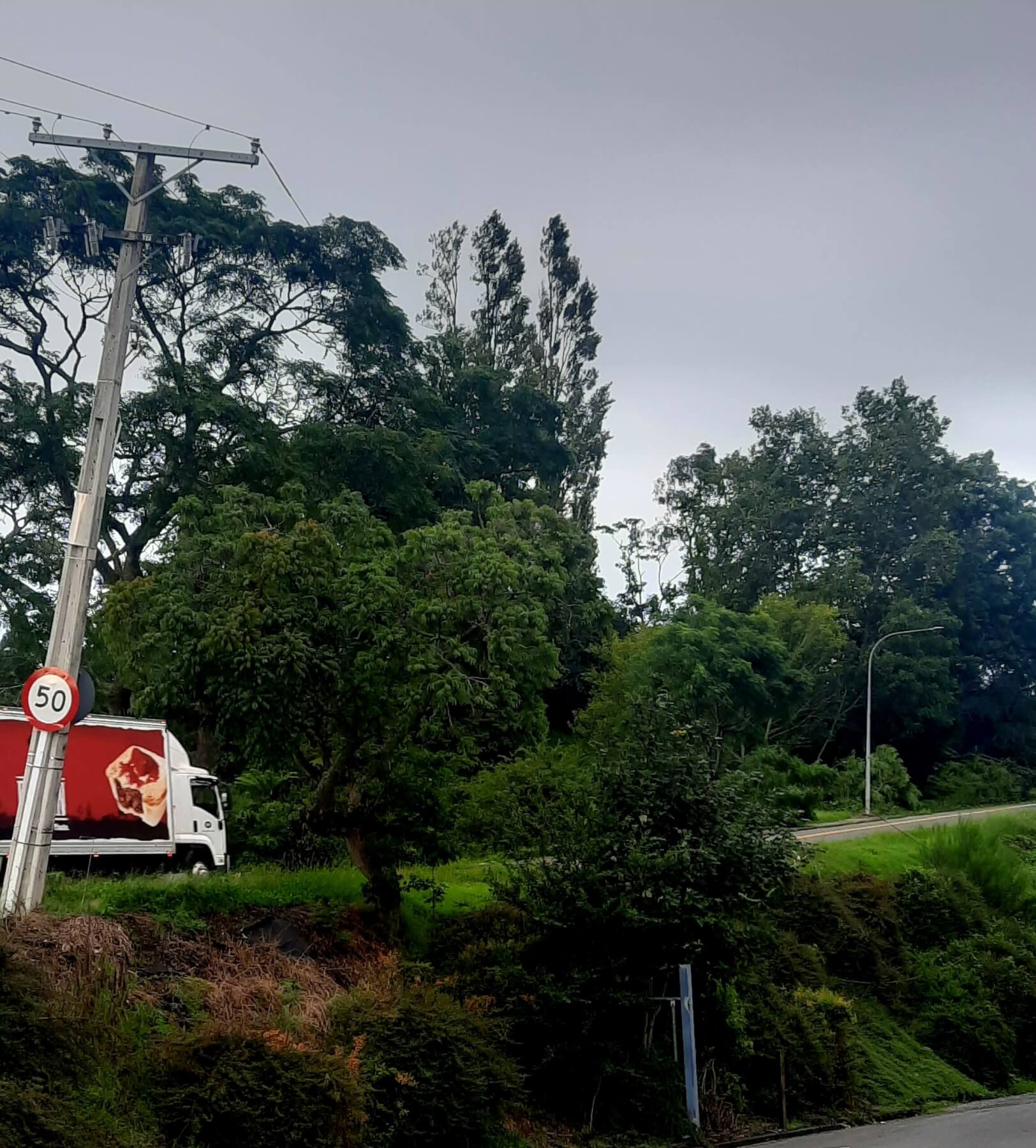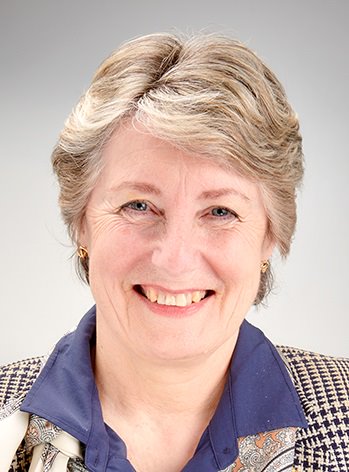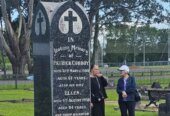
Cyclone Gabrielle damage

Cyclone Gabrielle damage

Crystal Beavis.
Trees down, roads closed, electricity outages, slips and flooding – we’ve experienced it all in parts of the Waikato District this year because of Cyclone Gabrielle and other wild weather events.
Just a month ago, torrential rain and flooding closed SH26 near Eureka and forced homeowners to evacuate, or be ready to do so.
These unexpected weather events are likely to become more commonplace because of climate change.
Recovery can take longer than anticipated from a widespread event. Parts of the Tamahere-Woodlands Ward were without electricity for two days after Cyclone Gabrielle because outages across the district stretched restoration efforts far beyond normal. In the north of the district, some houses in Port Waikato are still red-stickered.
Waikato District Council’s vision that we work together to build liveable, thriving, and connected communities is a vision that needs to encompass good times and bad. As a community we need to plan for those unexpected events so that we know how we can pull together to help our neighbours and ourselves get through emergencies.
Council staff provide the core civil defence emergency management team for the district – and they train for the roles they take on. They also form part of the emergency management group for the wider Waikato region. However, localised emergency preparation and procedures can be considerably assisted by community groups and local volunteers with local knowledge.
Where do you direct people to go if they need to evacuate their homes? Who can supply food and bedding if it’s required? Who might need access to special care provisions?
When a disaster strikes, some communities may need to look after themselves for a while if emergency services can’t get through or if other communities must take priority. A ‘Community Response Plan’ can help to reduce the risk to people and property in your community.
The council would like to support communities who are willing to develop local ‘Community Response Plans’ to identify the potential hazards to prepare for, and the local resources and people who might be available in an emergency.
Templates for developing a local Community Response Plan have been distributed to hall and community committees in the Tamahere-Woodlands Ward to start the conversation. Not all communities may be ready to take this step, but if you would like to be involved, please get in touch with your local community committee.
Rural industry provides the backbone of our economy, and the census tells us that 60 per cent of our district population is ‘remote/rural’ compared with 14.4 per cent of the national population.
With that in mind, the council is in the early stages of establishing a rural economic advisory panel to strengthen the rural voice on council matters. The panel will include representatives of the farming and rural business communities, as well as rural services and support organisations such as Rural Women NZ. An inaugural meeting has been held to establish terms of reference for the panel.








